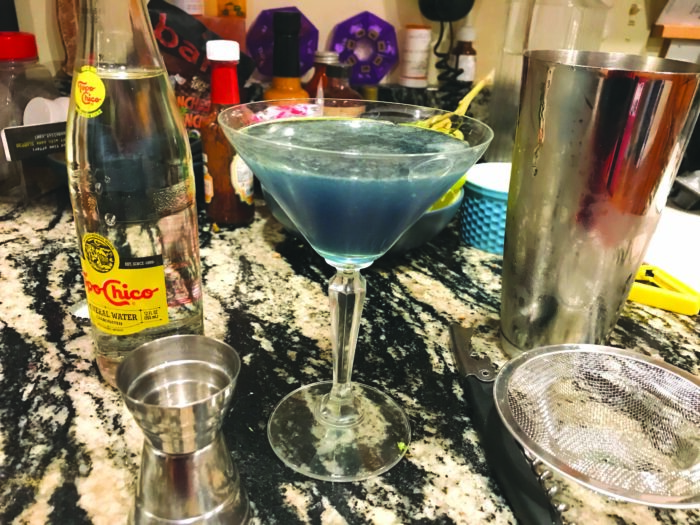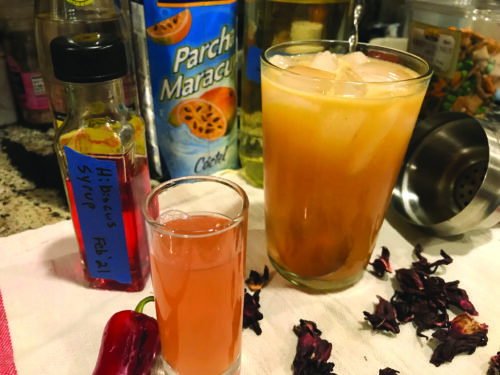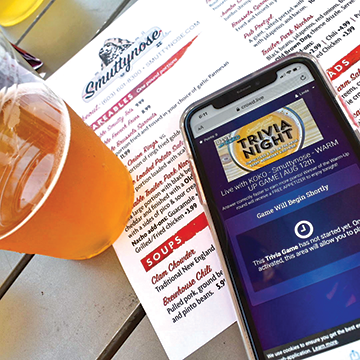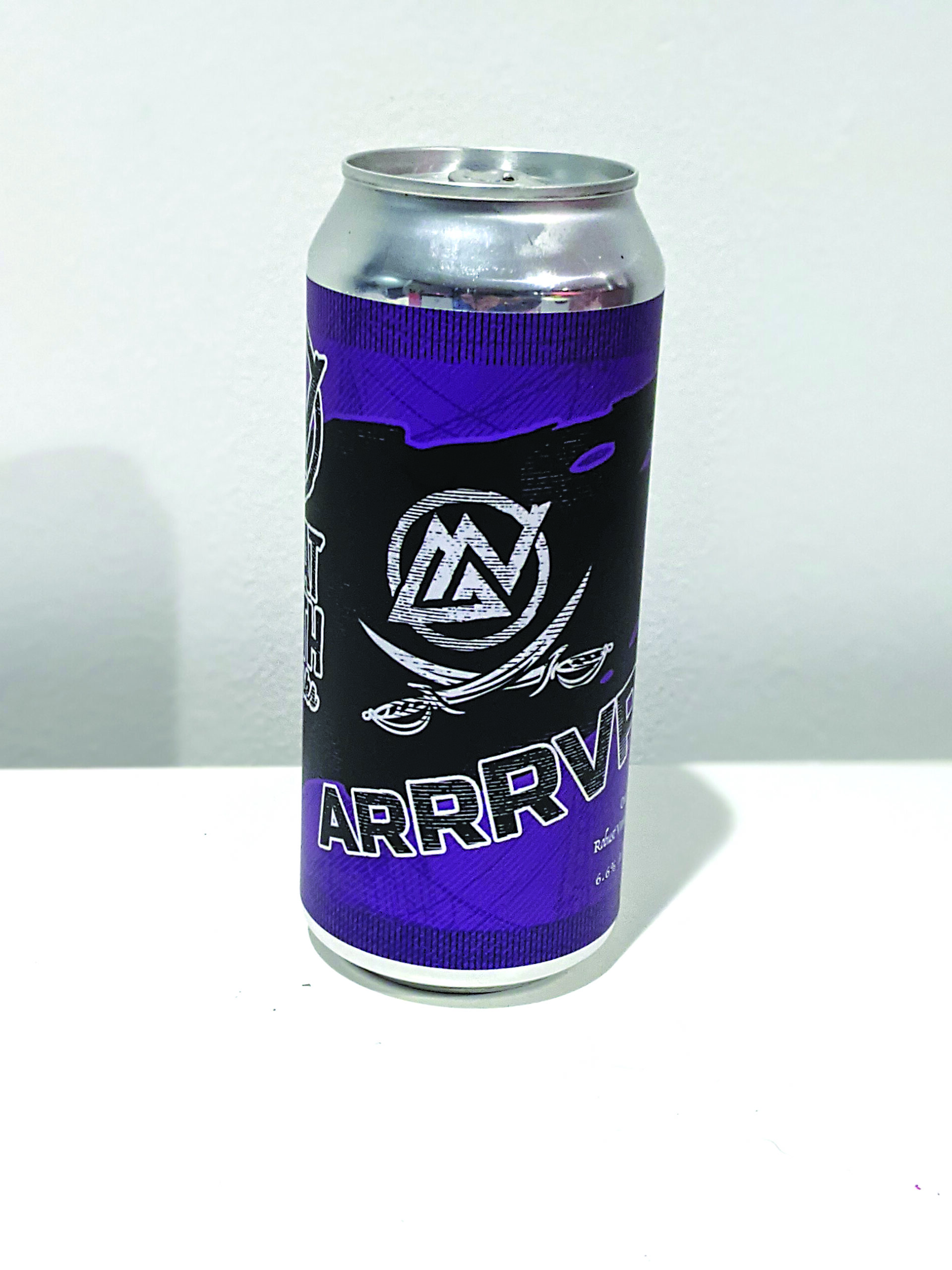I pulled into the parking lot to get my first Covid vaccine.
It was a bit science-fictiony/disaster-movie-y. Everything was being administered by the National Guard, all of whom were masked and wearing a disconcerting amount of mysterious equipment. As I pulled up to the second place in line, a guardsman had me roll down my window and told me, “OK, move up and talk to the Sergeant.” He emphasized the word sergeant, just the slightest bit, to let me know that this was somebody important, and that I’d better be on my best behavior. I was grateful for the warning.
I pulled up one slot, to where the Sergeant was waiting for me with a computer tablet.
He asked to see my identification, then pulled up my file.
Then he paused.
And gave me a Look. A very serious look. He was masked, of course, so I could only see his eyes, but even so, I knew I was under serious appraisal.
The issue, as it turned out, was my paperwork. Clearly, I had been in a goofy mood the previous night when I had filled out my medical forms. Under the category of Ongoing Conditions, I had written, “Chronic Handsomeness.”
After another moment, the Sergeant said, “I share your condition. I know the burden it can put on a man. Let’s get you out of here…,” and waved me into Parking Spot No. 1. It was a tiny moment of bonding.
I got my shot, and the sun came out, and birds and woodland creatures did a little musical number, etc.
But this got me thinking about the quality of handsomeness.
As it turns out, there is a drink dedicated to handsomeness — the Captain Handsome. I would not call it a classic cocktail, but it is not weirdly niche, and obscure, either. It is a fairly complex drink, with a surprising number of ingredients, but pretty simple to actually make.
So I made one. And it was good — one of those drinks that you aren’t really sure about with the first sip, but becoming more and more agreeable with each subsequent taste. It is made with crème de violette, which gives it a really lovely lavender color. It is crisp and floral, and washing the glass with absinthe gives it a strangely alluring hint of — something.
Here’s the issue, though. The Captain Handsome has five or six ingredients (depending on whether you count seltzer as an ingredient) and at least one of them — the crème de violette — requires a trip out of state to get. Absinthe is a bit pricey, and I’m reluctant to ask someone to lay out 30 bucks for the 1/8 of an ounce or so that it would take to rinse a martini glass with it.
So, here’s my thinking: Do any of us need the superhero level of handsomeness implied by the name Captain Handsome? I, for one, would be happy with a Mister Handsome level of alcohol-induced handsomeness.
Mister Handsome
A tiny amount of bourbon – Given the tiny amount you’ll be using, and the number of competing flavors in this cocktail, probably not your best bourbon.
2 ounces gin – I’ve been enjoying Death’s Door, lately.
½ ounce blue curacao – This will not give you the same handsome color as in the original drink, but rest assured it will be handsome.
½ ounce Campari – this will turn the color of the drink from a whimsical, tropical blue to a steely violet. It will also add a slight bitterness to balance out the sweetness from the curacao.
½ ounce fresh squeezed lime juice
5 drops of rose water – Rose water can be tricky stuff. You’re always risking adding one drop too many and making a drink taste grandmothery. In this case, though, be of stout heart. You will need the floweriness to replicate the floral note of the missing crème de violette.
1 to 2 ounces plain seltzer – I like Topo Chico for its intense bubbliness.
(1) Rinse a chilled cocktail glass with bourbon. Swirl it around to coat the inside of the glass, then pour off the excess.
(2) Add the gin, blue curacao, Campari, lime juice and rose water to a shaker, half-filled with ice. Shake thoroughly. If you shatter some of the ice, so much the better. Tiny ice shards really add to the drinkability of this cocktail.
(3) Strain into the prepared cocktail glass, then top with seltzer. (Don’t skip this step. The bubbles add a bracing mouth-feel to this drink, which raises it from a Mister Attractive-Enough-I-Suppose to a full-on Mister Handsome.)
The original Captain Handsome is garnished with a brandied cherry. This version doesn’t need it. Its steely grey color would contrast too much with the whimsy of the cherry.
This reimagined cocktail retains a lot of the mystery and allure of the original. It still has that “do-I-like-it?” quality at the first sip, then a growing amount of pleasure and affection as you work your way down the glass. (Or it works its way down you. Either/or.) The gin gives it an astringent air of authority. There is the barest hint of bourbon in the background, making you feel more like a grown-up as you drink it. There is the slightest kiss of sweetness from the blue curacao, but not enough to even hint that this is some sort of hipster, gimmick drink.
This drink lends itself well to small gatherings — even intimate ones. A sip or two will give you the confidence to make direct eye contact with a guest as you serve them one of their own. “Yes,” your gaze will say, “I know. But I am strong enough to be responsible with this amount of handsomeness. You are in good hands.”
Featured photo: Mister Handsome cocktail. Photo by John Fladd.






